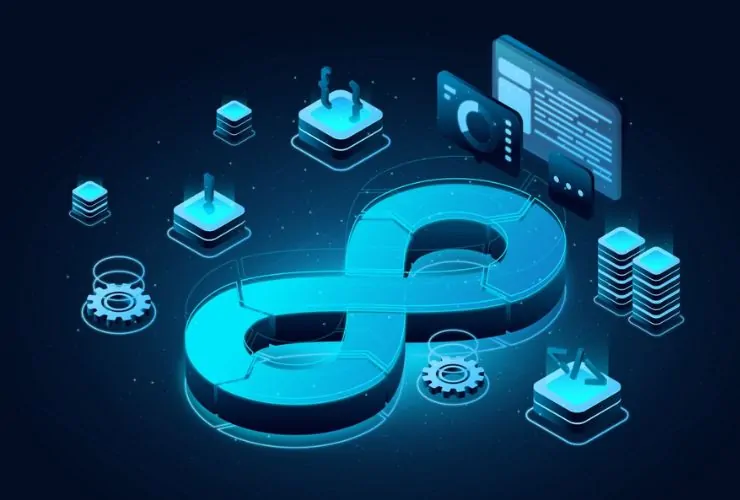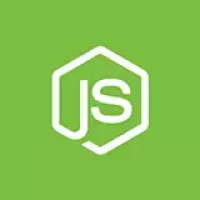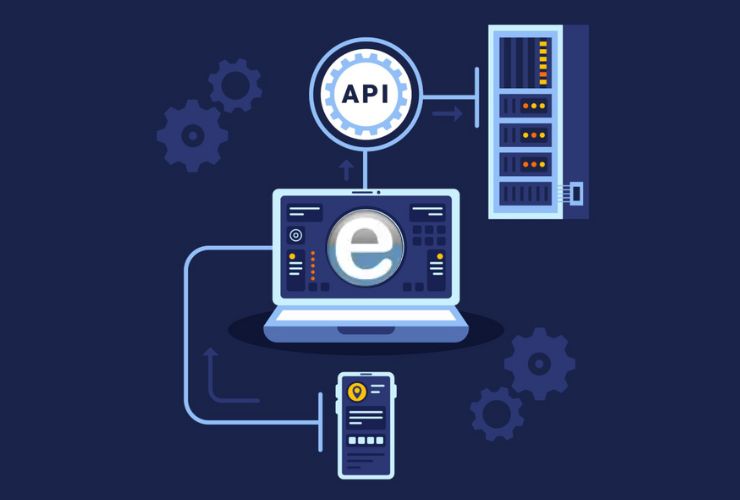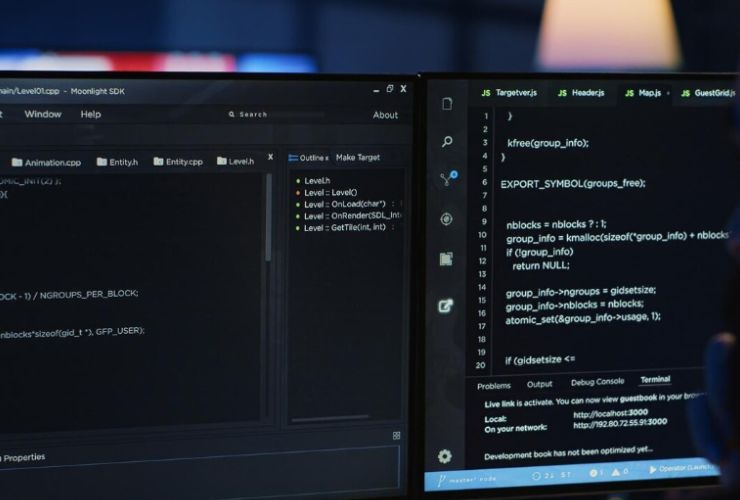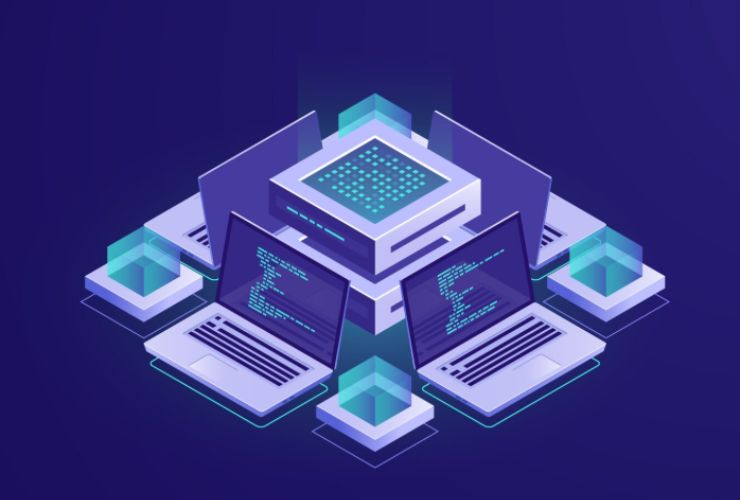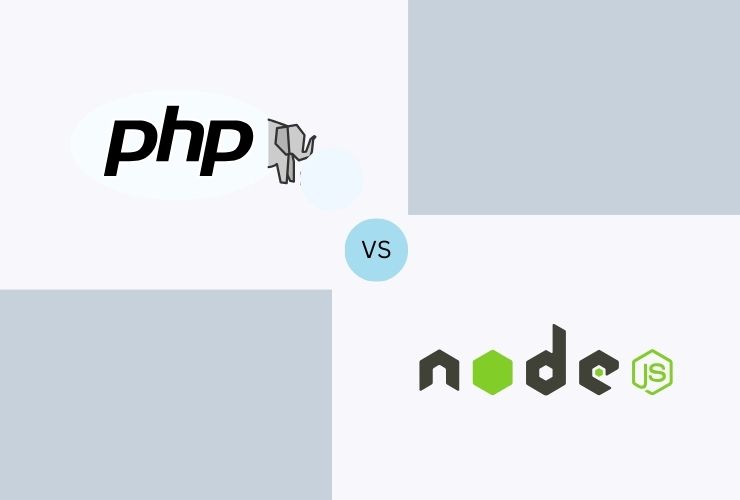In modern software development, delivering high-quality Node.js applications quickly and reliably is a competitive advantage. DevOps pipelines streamline the entire process—from coding to testing, deployment, and monitoring—ensuring continuous delivery and improved collaboration between development and operations teams.
A well-structured Node.js DevOps pipeline accelerates release cycles, reduces human error, and guarantees consistent application performance across environments. Organizations adopting these pipelines can respond faster to market demands while maintaining reliability, scalability, and security.
Essential Parts of a Node.js DevOps Pipeline
1. Source Control Using Git
Source control is the backbone of any DevOps pipeline. You can use Git to:
- Manage changes and keep a history of your code.
- Enable collaborative development with pull requests and code review.
- Integrate with your CI/CD tool for build automation.
2. Continuous Integration (CI)
CI is always concerned with automatically incorporating code changes into a shared repository and avoids problems with integration. You can accomplish CI when you tackle the following steps:
- Install dependencies with npm or yarn
- Lint your code and apply coding standards
- Run automated unit and integration tests
- Build app artifacts for deployment
3. Continuous Delivery & Deployment (CD)
CD automates the deployment process to allow for reliable releases:
- Automatically to staging and production environments
- Utilize blue-green or canary deployments to have low or no downtime
- Have rollback capabilities to easily recover from failures
4. Containerization Using Docker
Using Docker containers captures your application, and any dependencies are bundled with it, and gives a consistent behavior in all environments:
- It makes scaling your app easier whether in the cloud or on-premises deployment.
- You can use orchestration platforms like Kubernetes without worrying about environment consistency.
- Reduces “works on my machine” problems
5. Infrastructure as Code (IaC)
Using IaC tools such as Terraform, Ansible, or AWS CloudFormation allows for full automation of infrastructure provisioning:
- Version controlled infrastructure changes
- Reproducing environments for testing, staging, and production
- Easier scaling and recovery times.
Advanced Best Practices for Node.js DevOps Pipelines
1. Parallelization / Caching
- Run multiple test suites in parallel with enough resources to lower feedback time.
- Cache dependencies and build artifacts so you can run faster on your CI pipeline.
2. Security integration
- Run security scans (SAST and DAST) in the pipeline.
- Manage secrets with Vault, AWS Secrets Manager, or Azure Key Vault.
- Push teams towards secure coding practices (i.e., Static and Dynamic Analysis)
3. Automated Testing & Quality Gates
- Have unit, integration, functional, and end-to-end tests.
- Use Quality Gates at build time to prevent merging of low-quality code.
- Automated Testing tools (i.e., Jest, Mocha, Cypress; testing wherever possible)
4. Continuous Feedback Loops
- Provide developers with immediate feedback on builds, tests, etc..
- Use dashboards to visualize the build pipeline and real-time status.
- Encourage collaboration amongst Dev, QA, and Ops teams.
5. Cloud-Native Optimization
- Optimized for the cloud (AWS, Azure, GCP).
- auto-scaling, load balancer, fault tolerance.
- Serverless or containerized deployments.
Real-World Example
Industry: SaaS Application
Challenge: High volumes of frequent deployment failures, and long release cycles
Solution: Empirical Edge implemented a fully automated CI/CD pipeline for Node.js utilizing Docker containerization, Terraform for IaC, automated testing, and monitoring dashboards.
Result:
- 50% faster release cycles
- 70% fewer deployment failures
- Better Visibility & faster debugging
Empirical Edge’s Node.js DevOps Services
At Empirical Edge, we design and develop advanced Node.js DevOps pipelines for applications that incorporate go-live efficiency, scalability, and performance reliability.
We offer:
- CI/CD Pipeline Implementation
- Containerization & Orchestration
- Infrastructure as Code (IaC)
- Monitoring, Logging, & Alerting
- Security & Compliance Integration
Learn more about the Node.js Development Services we offer
Future Trends in Node.js DevOps
- GitOps: Version controlled pipelines with declarative infrastructure.
- AI-Driven Automation: Optimising all builds, tests and deployments intelligently by AI.
- Serverless CI/CD: Fully-managed CI/CD pipelines able to run serverless architectures at scale.
- Event-Driven Pipelines: Code changes and system events automatically trigger pipeline workflows.
- End-to-End Observability: Unified monitoring of pipelines, applications, and cloud infrastructure.
Conclusion
A well-implemented DevOps pipeline for Node.js applications enhances agility, reduces errors, and ensures faster, reliable delivery. By integrating automation, containerization, cloud-native practices, and continuous monitoring, organizations can achieve operational excellence and rapid innovation.
At Empirical Edge, we combine Node.js expertise with DevOps best practices to help businesses build, deploy, and maintain scalable, high-performance applications with confidence.
Ready to optimize your Node.js DevOps pipeline? Contact Empirical Edge today.

